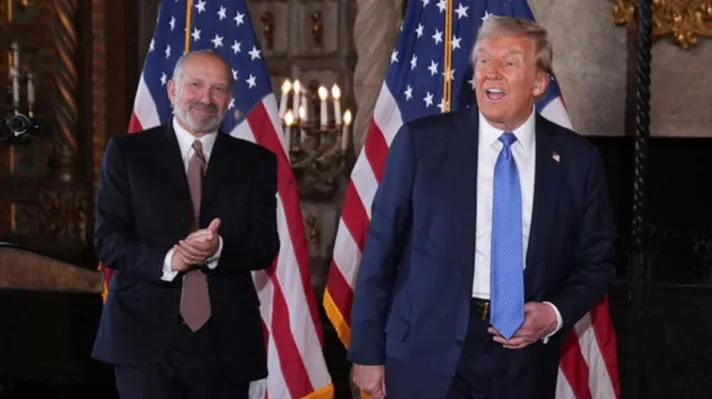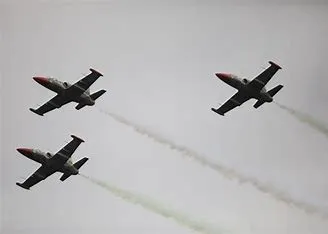New Delhi: Modernisation of the armed forces is a systematic process carried out as per the Defence Procurement Procedure (DPP)/ Defence Acquisition Procedure (DAP). The modernisation process aims at keeping the Indian armed forces in state of operational readiness and optimally equipped with modern weapon systems. The budget allocation for modernisation of defence equipment is utilised to meet the operational requirement of the armed forces and for acquisitions of contemporary systems based on the planned priorities of the defence forces. DPP/DAP accords highest priority to buy Indian—indigenously designed, developed and manufactured (IDDM). The government has put in place enablers to achieve higher level of the indigenisation and self-reliance in the defence sector by harnessing the capabilities of the public and private sector industries in the country. The Budget Estimates 2020-21, Revised Estimate 2020-21 and Budget Estimate 2021-22 on the modernisation (Capital Acquisition) of the armed forces, under Defence Service Estimate (DSE):


(Value in Rs crore)
During last five financial years (2015-16 to 2019-20) and current year (up to January 2021), 304 contracts were signed. Out of total 304 contracts, 190 contracts have been signed with Indian vendors for capital procurement of defence equipment for the armed forces.
In May, 2001, the defence industry sector, which was hitherto reserved for the public sector, was opened up to 100% for Indian private sector participation, with Foreign Direct Investment (FDI) up to 26% both subject to licensing. Further, Department for Promotion of Industry and Internal Trade, Ministry of Commerce & Industry vide Press Note No. 4 (2020 Series), has allowed FDI under automatic route up to 74% and above 74% through government route wherever it is likely to result in access to modern technology or for other reasons to be recorded. In addition, 44 FDI proposals / Joint Ventures have been approved so far in defence sector for manufacturing of various defence equipments. FDI inflows of over Rs 4191 crore have been reported by the defence and aerospace sector till January, 2021. In addition, following provisions have been made in Defence Acquisition Procedure (DAP)-2020 for tie-ups with foreign companies for manufacture of defence equipment in the country:
i. Under Buy and Make (Indian) category, Indian vendor(s) can tie-up with a foreign Original Equipment Manufacturer (OEM), for indigenous production involving transfer of technology of critical technologies.
ii. Buy(Global-Manufacture in India) category refers to an outright purchase of equipment from foreign vendors, in quantities as considered necessary, followed by indigenous manufacture of the entire/part of the equipment and spares/assemblies/sub-assemblies/maintenance along with repair and overhaul (MRO) facility(only in cases where these are part of the main contract) for the equipment, through its subsidiary in India/through a Joint Venture/through an Indian Production Agency(PA)(with ToT of critical technologies to the Indian PA), meeting a minimum of 50 % Indigenous Content (IC) on cost basis of the Base Contract price.
iii. Government has notified the ‘Strategic Partnership (SP)’ Model in May 2017, which envisages establishment of long-term strategic partnerships with Indian entities through a transparent and competitive process, wherein they would tie up with global Original Equipment Manufacturers (OEMs) to seek technology transfers to set up domestic manufacturing infrastructure and supply chains.
iv. Under the offset guidelines of DAP-2020, following avenues have been made available for discharge of offset obligations:
· Investment in defence manufacturing: This could be through FDI or direct investment or joint ventures or through the non-equity route for co-production, co-development and production or licensed production of defence products.
· Investment in ToT to Indian enterprises for manufacture of eligible products.
· Acquisition of technology through ToT to Government institutions and establishments engaged in the manufacture and/or maintenance of eligible products as listed in DAP-2020.
In order to encourage discharge of offset obligation in investment of defence manufacturing and Transfer of Technology, higher multipliers have been assigned in the revised Offset policy under DAP-2020.
Following initiatives have been taken to facilitate Defence Public Sector Enterprises (DPSUs), Ordnance Factory Board (OFB) and Private Defence Players to explore business opportunities abroad:
i. Export Promotion cell has been constituted to co-ordinate and follow-up on export related action including enquiries received from various countries and facilitate private sector and public sector companies for export promotion.
ii. Defence Attaches in Indian Missions abroad, have been mandated for export promotion of Indigenous defence products of both public and private sector. A scheme for Export promotion of Indian Defence Equipment manufactured in India has also been rolled out wherein Defence Attachés are provided financial support to promote export of indigenous defence equipment abroad.
iii. Subject to strategic and diplomatic considerations, domestically manufactured defence products are promoted through Lines of Credit/Gratis. Defence Lines of Credit (LOCs)/Gratis are extended to identified Friendly Foreign Countries (FFCs) to enable them to import Defence goods and services from India on attractive terms.
iv. Geographical countries/regions have been allocated to DPSUs/OFB for establishment of their offices in various countries to promote export of Indigenous defence platforms/equipment.
v. An online portal has been created through which export leads received from various countries are disseminated directly to the Indian defence exporters who are registered on the portal.
vi. Webinars in coordination with Indian Missions abroad, DPSUs/OFB and Private Industry Associations have been organised with 15 Foreign Friendly Countries during the year 2020-21 to promote defence exports.
It may be observed from the above tables that the allocations received from Ministry of Finance are not as per projections made, however, based on pace of expenditure, pending committed liabilities etc, additional funds are sought during the course of the financial year at appropriate stages. It is further submitted that, if necessary, re-prioritisation is undertaken to ensure that urgent and critical capabilities are acquired without any compromise to operational preparedness of the defence services.























